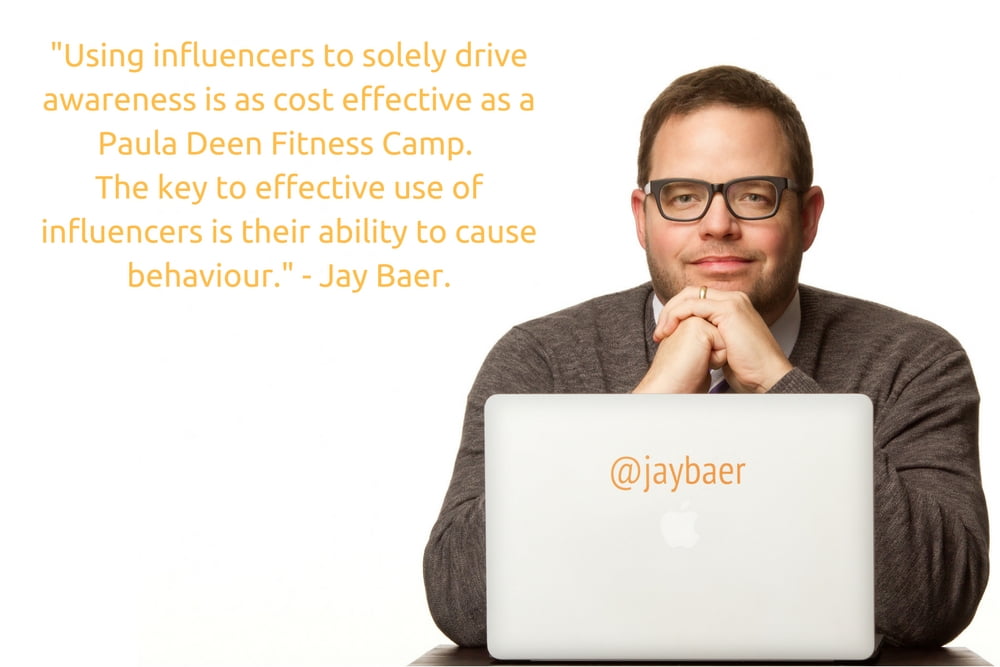

Influencer Marketing. What’s considered by many to be the next big thing in marketing seems to have become a dirty word to some, particularly those who feel like they haven’t seen any significant return on investment after spending big bucks on influencer campaigns.
But is the fault potentially our own? In the excitement of costing and briefing those first few influencer campaigns, it’s easy to forget to include reporting in the budget. Really, can you even report on influencer campaigns?
The short answer is yes.
You’ve briefed your influencers, they’ve created incredible content, it went live on their vlogs or Instagram accounts and their audience loved it… or did they? Did that clever, well-written, beautifully shot post in collaboration with your brand stand out from a noisy, crowded Internet?
You’ll never know without accurate reporting.
Reporting closes the influencer campaign loop and should be the final step in your influencer marketing campaign. Reporting provides insights into what worked and what didn’t (better yet, who worked versus who didn’t). Feeding these learning back in to your brand’s influencer marketing strategy allows you to better refine it and improve on it.
Understanding the basics of reporting
Following and reach
This is the simplest of metrics. It’s fairly easy to access stats around how many followers your influencers have.
- On a blog, you want to see the monthly unique visitors.
- On Facebook, Twitter, LinkedIn and YouTube channels, you are looking for Page Likes, Followers and Subscribers as well as video views respectively.
- On a Snapchat channel, you want to know how many average views each of your influencer’s snaps get over a 24 hour period. (You’ll have to take their word for it, though – as Snapchat’s API prevents you from accessing the data yourself.)
The total number of followers across all their platforms combined = the influencer’s reach.
Quite literally, how many people they could reach each time they post something. The word “could” is very important here.
In understanding reach, you might stumble across the term “Opportunities To See”. This is just another term for reach. In other words, this is how many eyeballs potentially could have landed on your influencer’s sponsored posts, based on the size of their following.
Tip: to increase your sponsored content’s reach, you might want to consider putting paid media behind it. Boost the Facebook update, or sponsor your influencer’s tweet or Instagram post – making it visible to a larger audience.
Views and impressions
To understand the importance of including views and impressions in your influencer campaign report, let’s circle back to that statement we made earlier about reach. If “reach” is how many people could have seen an influencer’s post, then views and impressions tell you how many people actually DID see it.
- On a blog, you want to know how many page views the sponsored post received.
- On Facebook, Twitter, LinkedIn and YouTube channels, you are looking for People Reached, Impressions and Views respectively.
- On a Snapchat channel, you want to know how many views your influencer’s story had. (Tip: ask them to send you a screenshot, taken just before the Snapchat’s 24hr-window expires.)
Engagement
Now that you understand the difference between reach, and views and impressions, let’s talk about perhaps the most critical metric of all: engagement. Engagement shows you that not only did a potential customer see your influencer’s content, but that they took action.
Usually this action takes the form of a click. They clicked on a link in a social post to read or watch your beautiful sponsored content. They might even have clicked on a link that took them straight to your brand’s website.
What’s important is that you track this. The easiest way is to give each influencer a unique tracking code to use in their various sponsored posts (use the Google URL shortener).
- On a blog, engagement is measured by comments, shares, and click-throughs.
- On Facebook, and LinkedIn, it’s measured by reactions (i.e. Likes), comments, shares and click-throughs.
- On Twitter, it’s the same, except instead of Likes it’s the new “Love” icon, and instead of shares, we’re talking RTs.)
- On YouTube, even hitting the thumbs-down button counts as engagement.
- On a Snapchat channel, engagement includes comments and screenshots.
Now that you understand the basics it’s far easier to track return on investment, reach and engagement. However, the insights you glean will be invaluable in the long-run and cross over to other ingredients in your marketing mix. With accurate reporting it’s also far easier to deem if the cost is worth the result. Chances are you’ll start to see why so many sit on the “next big thing” side of the fence.
[Source: Socialmediatoday]

